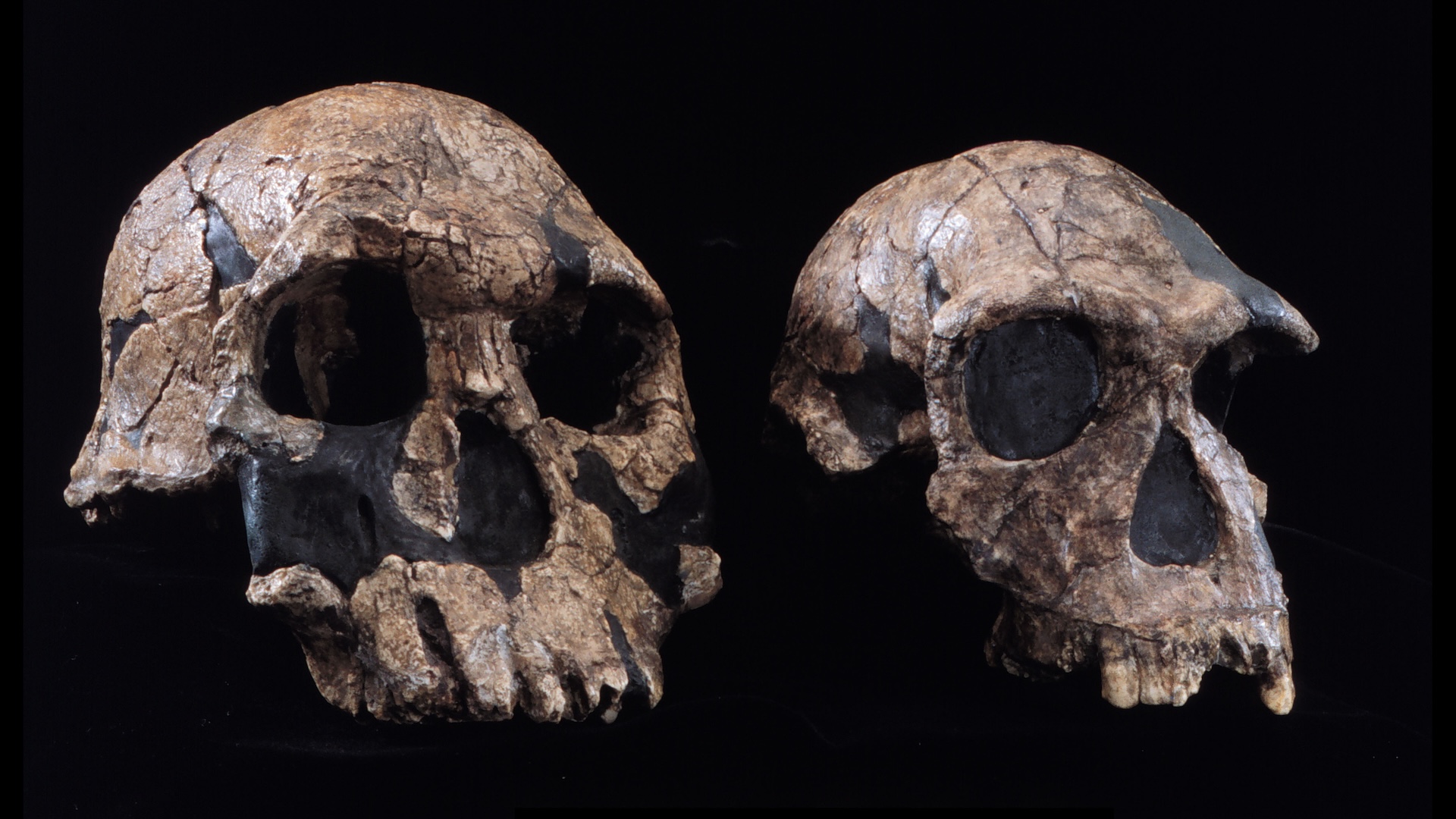Photos: Top-Secret, Cold War-Era Military Base in Greenland
Under the ice
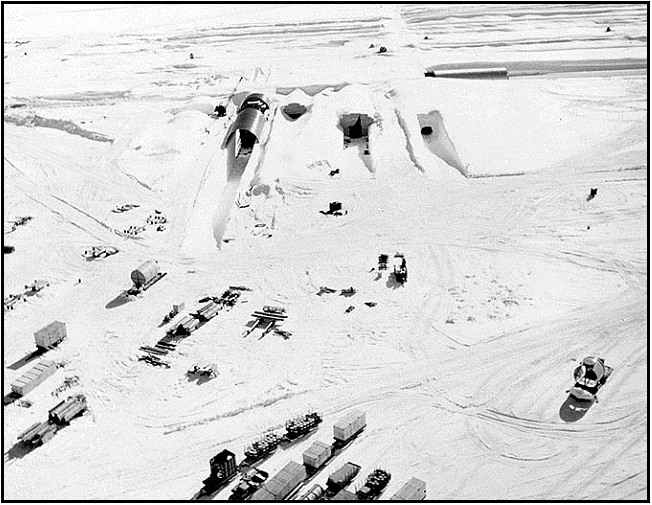
In 1959, the U.S. Army Corps of Engineers built a base, called Camp Century, in the Greenland Ice Sheet. The site was constructed under more than 26 feet (8 meters) of ice to provide protection and camouflage.
New research shows that the melting ice sheet, caused by a warming climate, could release the camp's toxic waste into the environment.
This photo shows the northeast portal to Camp Century during construction in 1959. [Read full story about the threat posed by Camp Century's toxic waste]
Access tunnel
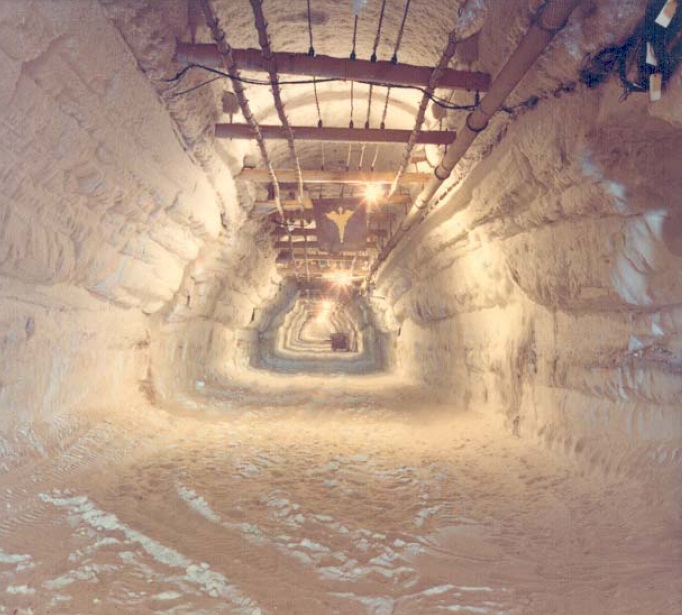
A view inside the main 1,300-foot-long (400 meters) access trench to Camp Century in 1964. More than 12 500-foot-long (150 meters) side trenches radiated out from the main trench.
Army base
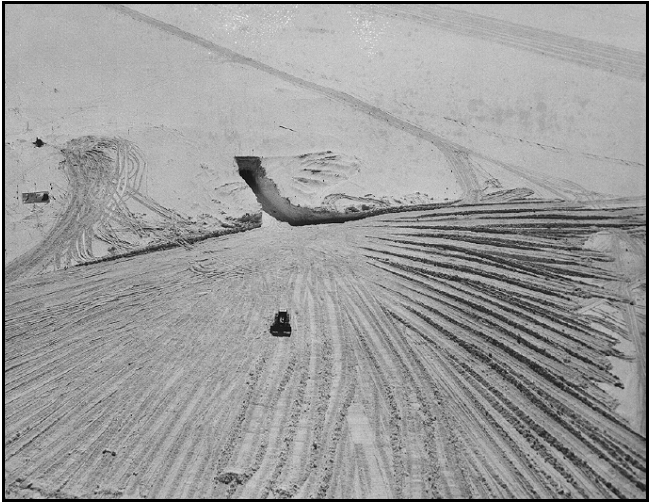
The northeast portal to Camp Century in 1964, shortly before the base was abandoned.
Ice samples
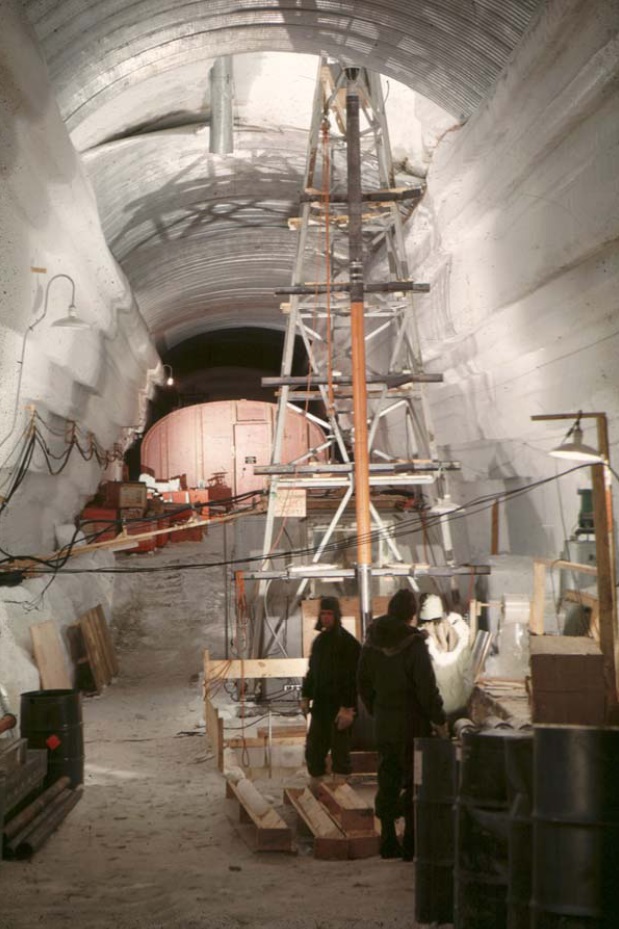
A thermal coring rig that was used to take ice-core samples at Camp Century in 1964.
Top-secret base
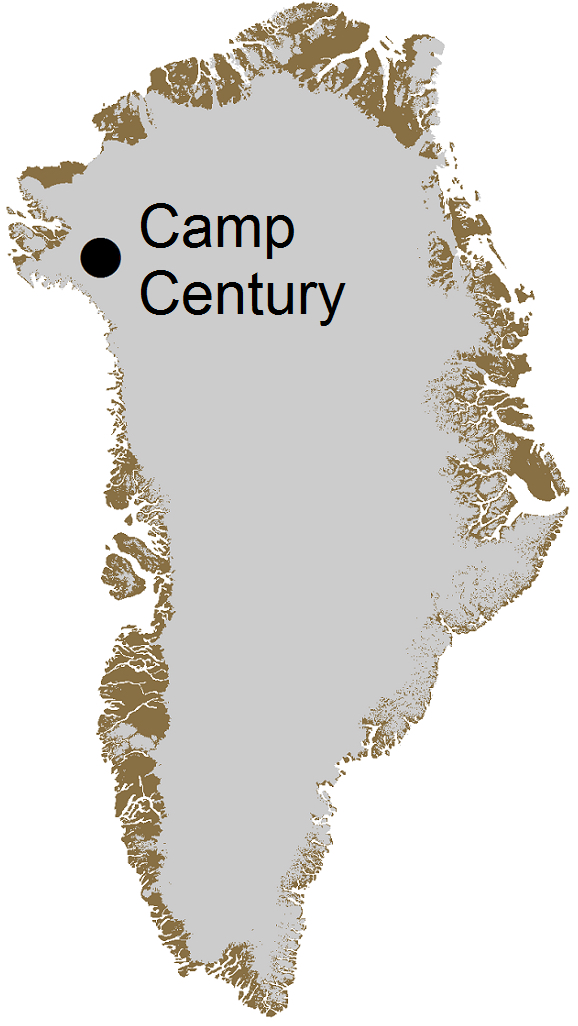
The Camp Century base was located 125 miles (200 kilometers) from Greenland's northwest coast.
Melting ice
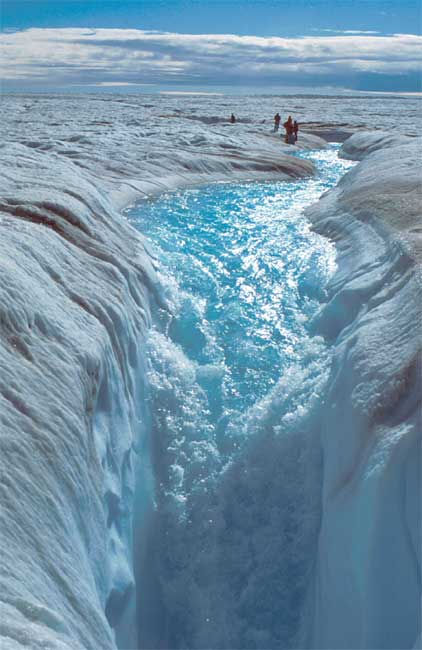
Climate change is warming the Arctic and causing portions of the Greenland Ice Sheet to melt, which could release toxic waste from Camp Century into the environment. This photo shows a meltwater stream on the Greenland Ice Sheet.
Get the world’s most fascinating discoveries delivered straight to your inbox.

